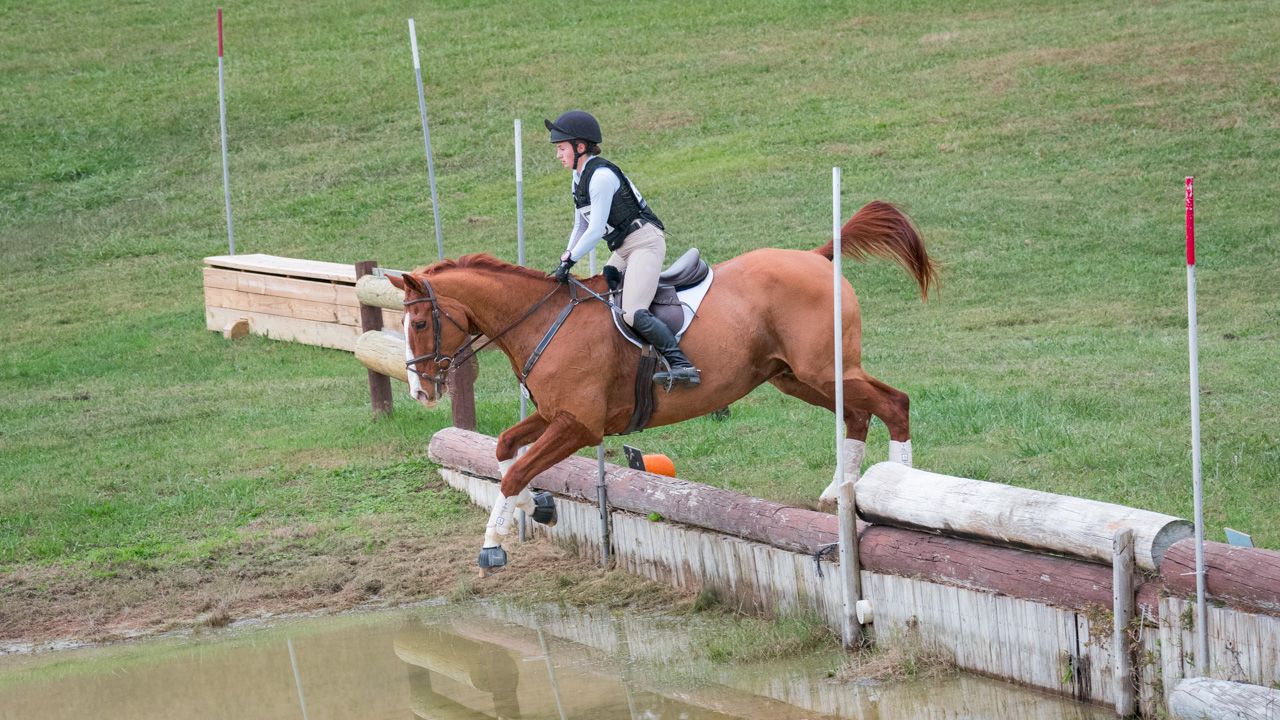
Learning to Ask: Lessons from the Saddle
Before we signed our daughter up for her first riding lesson, Martha and I had no experience with horses beyond an occasional trail ride at a state park—the kind that is akin to those amusement park cars where you pretend to steer when they are really on rails.
It was a new world, we were in way over our heads, and explaining to horse people that we didn’t know anything about horses became so automatic that, at some point, we failed to notice it was no longer true.
Rookies No More
Our daughter has been riding competitively for a decade now, and while her skills and experience as the rider and primary caretaker are vastly more extensive than mine, Martha and I have been there the whole way, and we now realize we probably can’t call ourselves rookies anymore.
We have learned a thing or two on this equestrian journey, but one of my first lessons came nearly twenty years before I had a daughter to put on a horse. I remember it vividly.
Lesson #1
After years of cajoling, my younger sister finally convinced our dad to get a horse, an off-track thoroughbred named High Dollar.
I remember going to see him for the first time. She confidently tacked him up—where she learned how to do this, I have no idea—got her foot in the stirrup, and swung her leg over him into the saddle.
High Dollar had other ideas. In a movement so swift I can’t really describe it, he helped her execute an unscheduled rapid dismount. Despite her best efforts, her odds of staying on when he wanted her off were zero. (She was fine, fortunately.)
Thus my first lesson:
When riding or handling a horse, you are effectively powerless.
Power Dynamics
In this way and so many others, horsemanship is analogous to leadership.
Until you experience it in action, up close and personal, it is hard to comprehend how trivial your physical strength is relative to a horse's. A twelve-hundred pound horse can overpower a person as easily as you could overpower a twelve pound infant.
Similarly, countless leaders have been surprised to find that, upon ascending to the uppermost box on the org chart, they suddenly have less power over the organization, not more.
Sure, you have some influence. But you can lead or ride a horse only when the horse allows you to do so. If the horse really doesn’t like the direction you are heading, it is not going. If the horse wants a rider off its back, the rider is coming off.
Consider the professional rodeo bronc rider. These adrenaline-fueled athletes make a career of staying on a bucking horse, and success for them is hanging on for eight seconds.
Forcing the issue despite the objections of your horse or your organization almost never ends well for riders or leaders.
Riders know this. Not all leaders do. It’s understandable. With horses, consequences are immediate and sometimes punctuated with a steel shoe.
Organizational dysfunction, on the other hand can fester for years, and linking cause and effect is more complex.
Certainly there are cases where the leader is spectacularly ejected from the corner office, but more often the result is an ambiguous failure to thrive and persistent low-grade misery.
It's a harder lesson to learn.
Knowing How to Ask
In the equestrian world, this understanding of the power dynamics is even present in the language used.
You do not “tell” a horse to do anything. You ask. You ask for the trot. You ask for the canter. If you know how to ask, the horse will grant your request.
In our daughter’s sport, which involves cross country jumping, she has to ask her horse to launch himself over obstacles he has never seen before.
He has to trust that she would never ask him to go over something he could not clear, and he has to trust that there is a safe spot to land on the other side.
Knowing how to ask these questions—and here again, cross country jumps are literally referred to as “questions”—involves taking the horse’s perspective, which is very different from her own.
As a rider, she must anticipate what her horse might find scary. She has to listen to him and understand what he is telling her.
She has to know when a challenge is a little scary and doing it anyway will build his confidence, and when it’s a lot scary and pushing him too hard will put them both at risk.
Drips and Buckets
As the relationship between horse and rider grows, the pair is able to take on greater and greater challenges together. They can go higher because they continually strengthen their foundation of trust.
This trust between horse and rider, as between leader and organization, must be built gradually over time and carefully maintained.
The saying is true: Trust is gained in drips and lost in buckets.
Trust begins with listening, taking the perspective of the other, and knowing it is valid, even when it differs from your own.
Trust is built by knowing when to push and when to back off, and by taking time to repair the damage when you make the wrong call (which is inevitable).
Done properly, both riding and leadership are beautiful and elegant partnerships in which you can learn and grow.
Done poorly, the result can be an unscheduled rapid dismount, complete with bruises to rear-ends, egos, and careers.
And perhaps this is why Patrick Lencioni identified trust as the foundation of every high-performing team. Without it, no position or title will keep you in the saddle.
Until next time,
Greg



